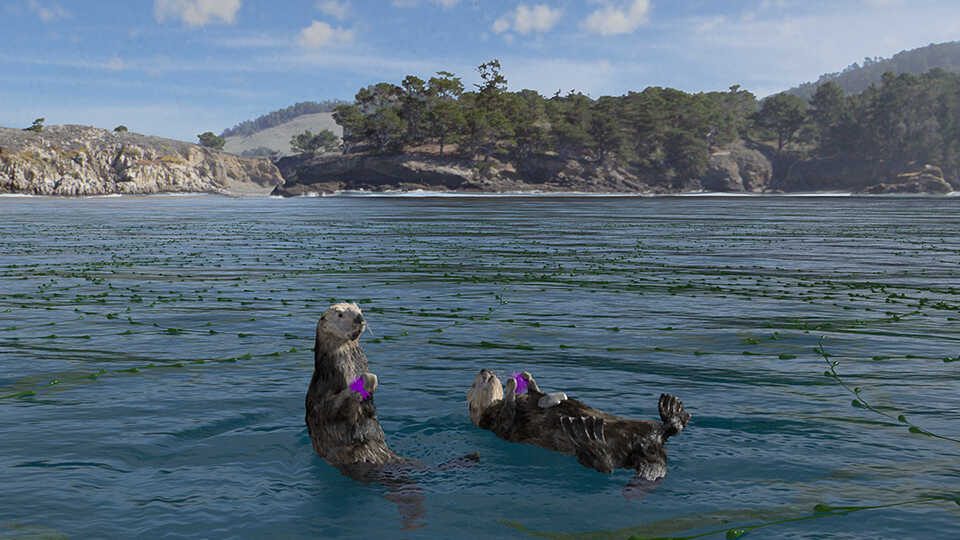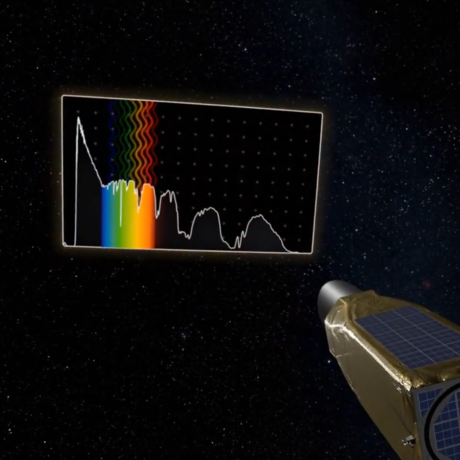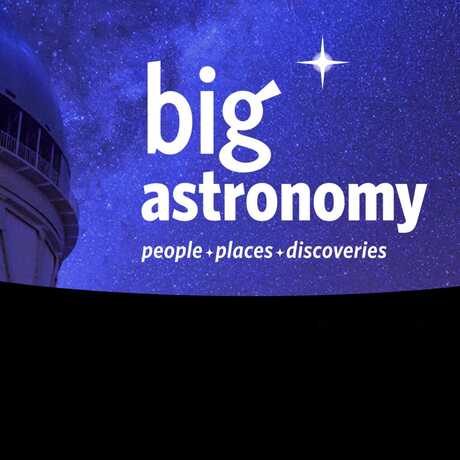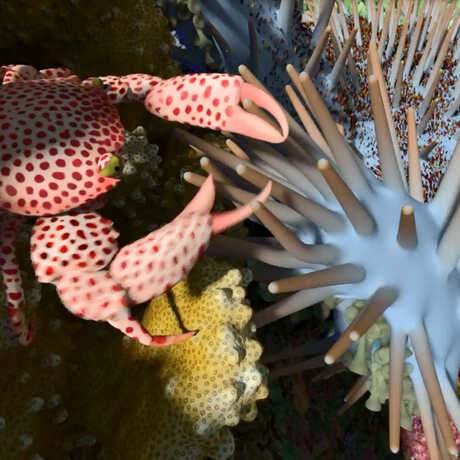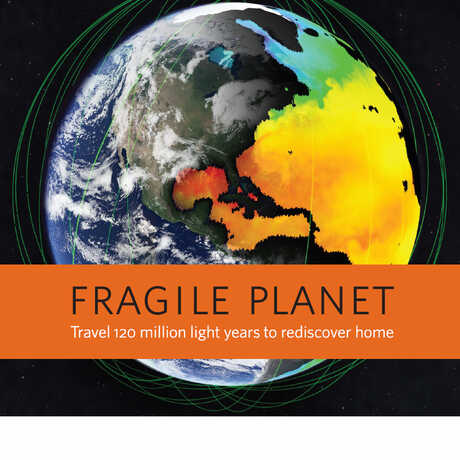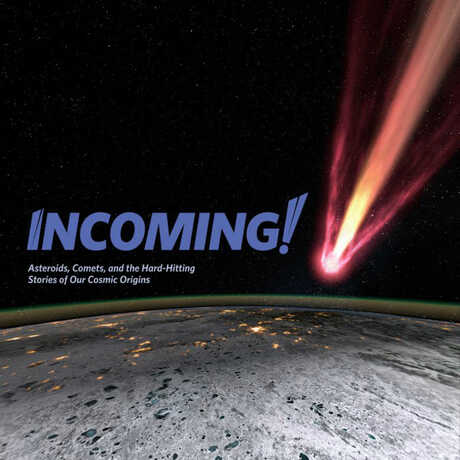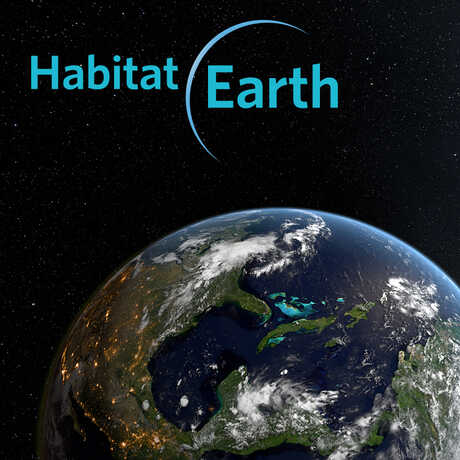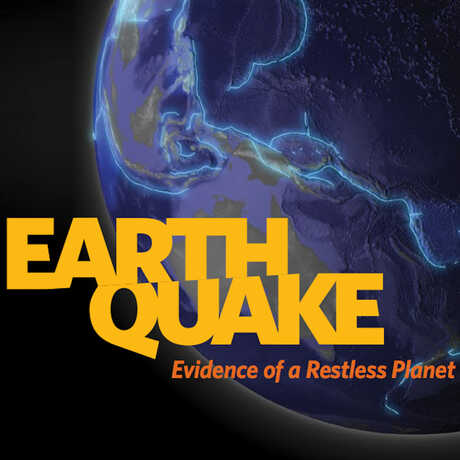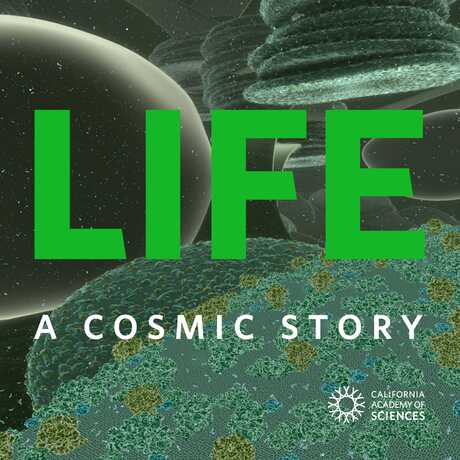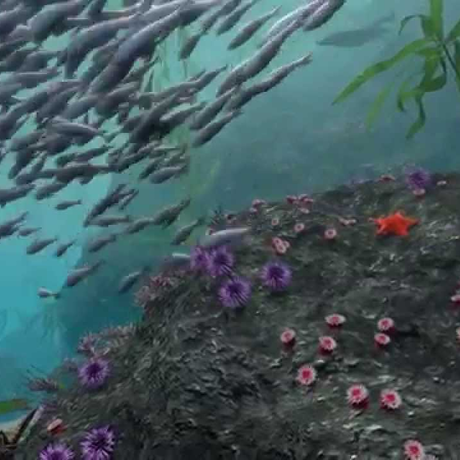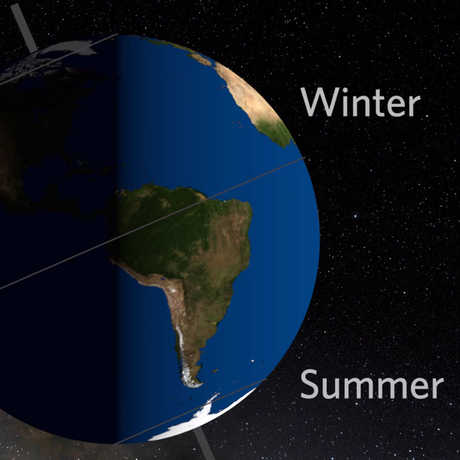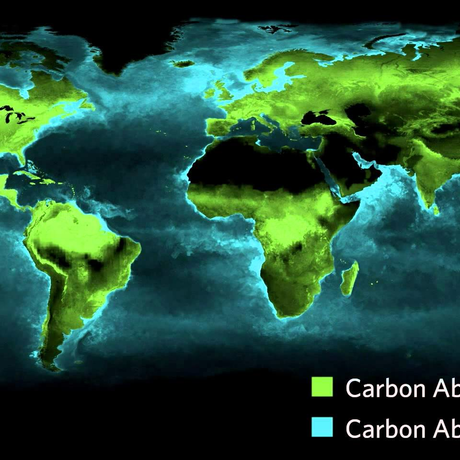Be the first to hear about distance learning programs, upcoming workshops, and new resources for science learning.
Teacher Tip: For any of our videos, you can click the Settings cog in the YouTube footer to adjust the Quality to up to 1080HD, and you can also toggle on Full Screen. You can also select Closed Captions in over a dozen languages, including Spanish and Chinese!
